-
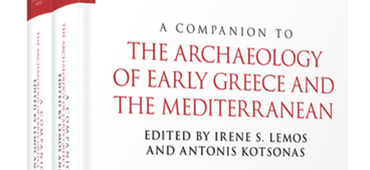
Antonis Kotsonas receives CHOICE Book Award
by hnm231@nyu.edu | 02/17/2021
Antonis Kotsonas, Associate Professor of Mediterranean History and Archaeology, recently published the following two-volume work: Lemos, I.S. and A. Kotsonas (eds) 2020. A Companion to the Archaeology of Early Greece and the Mediterranean. Hoboken, NJ: Wiley Blackwell.
Read More
-
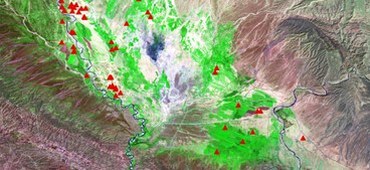
Visiting Research Scholar Spotlight: Mitra Panahipour
by Mitra Panahipour | 01/04/2021
Mitra Panahipour uses a multidisciplinary approach by combining remote sensing and geospatial techniques, including the application of historical and current multispectral satellite data with archaeological fieldwork to reconstruct the past landscape and its anthropogenic and natural elements across the Deh Luran archaeological landscape in western Iran.
Read More
-
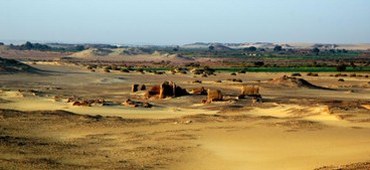
Roger Bagnall to give Fourteenth Annual Michael I. Rostovtzeff Lecture at Yale University
by hnm231@nyu.edu | 11/10/2020
Roger S. Bagnall (Emeritus Professor of Ancient History and Leon Levy Director Emeritus, ISAW) was recently invited to give the Fourteenth Annual Michael I. Rostovtzeff Lecture. The talk is titled, "The Other Caravan Cities: Transport, Capital, and Inequality in the Egyptian Oases."
Read More
-
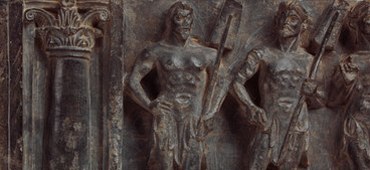
VISITING RESEARCH SCHOLAR SPOTLIGHT: JEREMY SIMMONS
by Jeremey Simmons | 11/03/2020
Humans first sailed regularly upon the Indian Ocean roughly 5,000 years ago. They continued to brave the waves over millennia through coastal skips and open sailing with the monsoon winds. By the early centuries of the Common Era, the ocean supported a host of human activity, including individuals from the eastern Mediterranean, Arabian Peninsula, and Indian subcontinent. Despite its perils, maritime travel proved faster and more cost-effective than equivalent overland routes—it was a major contributor to interregional integration in the premodern world.
Read More
-
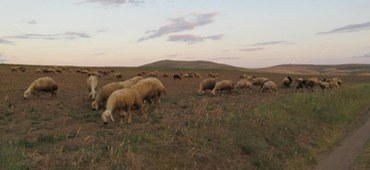
Visiting Research Scholar Spotlight: Sarah Adcock
by sa6270@nyu.edu | 10/27/2020
As 2020 draws to a close and the global coronavirus pandemic continues to make news around the world, we are bombarded by predictions of collapse in various permutations. Among archaeologists, historians, and scholars of the ancient world more broadly, recent years have seen a surging interest in the study of societal collapse. This growing scholarly interest coincides with contemporary preoccupations with geopolitical uncertainty, climate crisis, mass extinction, and global disease. In essence, these concerns center on the end of the world as we know it.
Read More
-
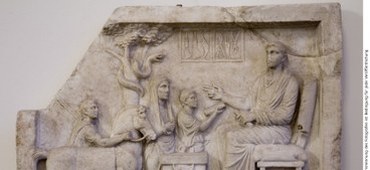
ISAW's First Virtual Exhibition Coming Soon!
by reh390@nyu.edu | 10/21/2020
We are pleased to announce that ISAW will be launching its first virtual exhibition this coming February, The Empire's Physician: Prosperity, Plague, and Healing in Ancient Rome. Presenting the life of the influential Roman doctor Galen (ca. 129–216/7 CE), this richly-illustrated, interactive online exhibition will contextualize the doctor’s biography within the ancient medical landscape as well as within his broader historical situation.
Read More
-
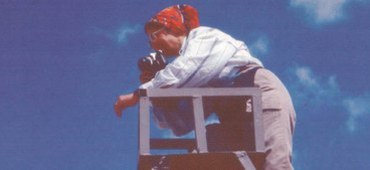
Karen Rubinson honored as a Trowelblazer by the Steppe Sisters
by hnm231@nyu.edu | 10/13/2020
ISAW Research Associate was recently recognized as a “trowelblazer.” The home page of the website describes its mission -- to honor “women archaeologists, palaeontologists and geologists who have been doing awesome work for far longer, and in far greater numbers, than most people realise” (It’s a Britain-based site!).
Read More
-
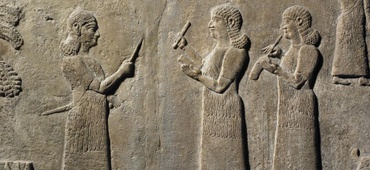
New Ancient World Graduate Workshop Series
by hnm231@nyu.edu | 10/06/2020
ISAW Student Council and Society for Ancient Studies collaborate to start an Ancient World Graduate Workshop Series (AWGWS)
Read More
-
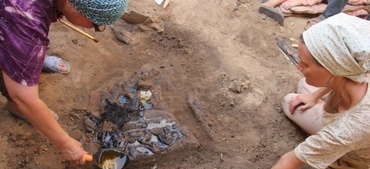
Sogdians and Panjikent Featured in Archaeology Magazine
by Judith A. Lerner | 09/22/2020
Although we must wait to hear Dr. Lurje’s insights about this remarkable eastern Iranian people, we can read about them in the July/August issue of Archaeology. In “A Silk Road Renaissance” Dr. Lurje talks about Panjikent and the art and culture enjoyed by its wealthy mercantile inhabitants; we can also learn about the more recently discovered smaller city-site of Hisorak, about 100 miles away, which, unlike Panjikent, survived the mid-eighth-century Muslim invasion for another 200 years. The article is well illustrated; I was pleased to be asked to contribute my two-dinars’ worth.
Read More








